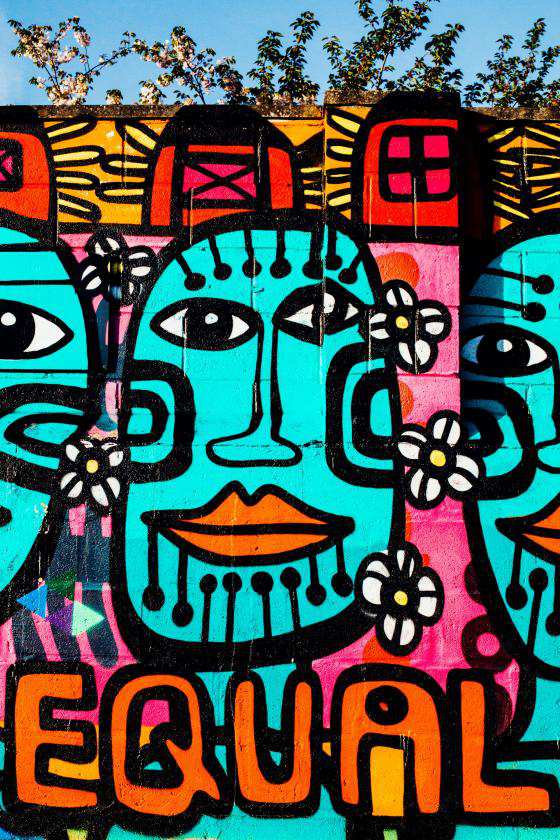Cost-equalization reserve
The cost equalization reserve (KER) is a fiscal reserve. With the KER you can spread large expenses that, for example, only come back once every ten years for tax accounting so that they do not weigh on the profit of the year in which the expense is made.
The costs are then spread over the years in which the expense arises. An example of a large expense is, for example, repairing the roof (an asset). Such a repair is not necessary every year, but the roof wears out every year.

How does the Cost Equalization Reserve work?
Suppose that the major maintenance of the roof takes place once every ten years. Then every year 1/10 of the costs of major maintenance are allocated to the cost equalization reserve and deducted from the taxable profit. In the year in which the major maintenance expenses are incurred, the cost equalization reserve is added to the profit. The total cost of the roof repair is deducted from the profit in that year.
In this way, the costs of major maintenance do not only reduce the year in which the costs are actually incurred, but all the intervening years between repairs. This way you avoid having large differences in profit between years in which you do not do repairs and in years in which you do make repairs.
Conditions Cost equalization reserve
To make use of the equalization reserve, you must meet a number of conditions.
- First, it is important that you build up the reserve for actual costs (such as repair or maintenance), and not use it for the purchase or improvement of assets. You deduct these costs for tax purposes by means of depreciation and profit deduction.
- There must be a certain degree of certainty that the costs will actually occur in the future.
- The expected costs must give such a peak in expenditure in the year of expenditure that it is desirable to build up a reserve to cover this cost item.
- The costs have arisen in the years prior to maintenance (for example due to wear and tear).
- The costs must be spent divided in the future.
What amount in the reserve?
The estimate of future costs should be in reasonable proportion to the actual costs. If the costs are lower than the amount placed in the cost equalization reserve, you must still declare the remainder as a profit. If the costs are higher than the reserved amount, you deduct the remaining amount of the costs from the profit in one go.
Will the allocation of the equalisation reserve lapse? Then the reserve must be declared as profit in the return, so that tax is still paid on it.
Cost equalization reserve vs. Brick arrest
As a result of the judges' ruling in the so-called Brick Judgment, the importance of the cost equalisation reserve has decreased considerably. This is because the cost equalization reserve has no catch-up option. This means that costs that you can attribute to older financial years may not be included. When forming a provision on the basis of the Brick judgment, this is possible. Conditions for forming a facility are:
- Expenditure shall have its origin in facts and circumstances which occurred in the period preceding the balance sheet date (condition of origin);
- The expenditure can also be attributed to that period (cheap man's use condition);
- There is a reasonable degree of certainty that the expenditure will occur (reasonable probability condition).
The conditions for the Brick Judgment are less strict than those of the KER. That is why less use is made of the KER in practice.